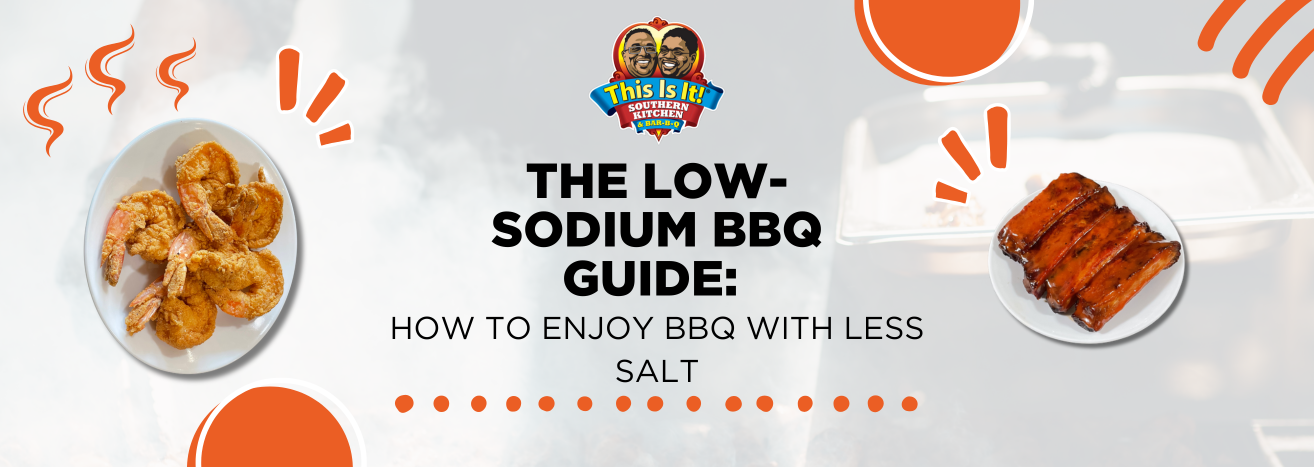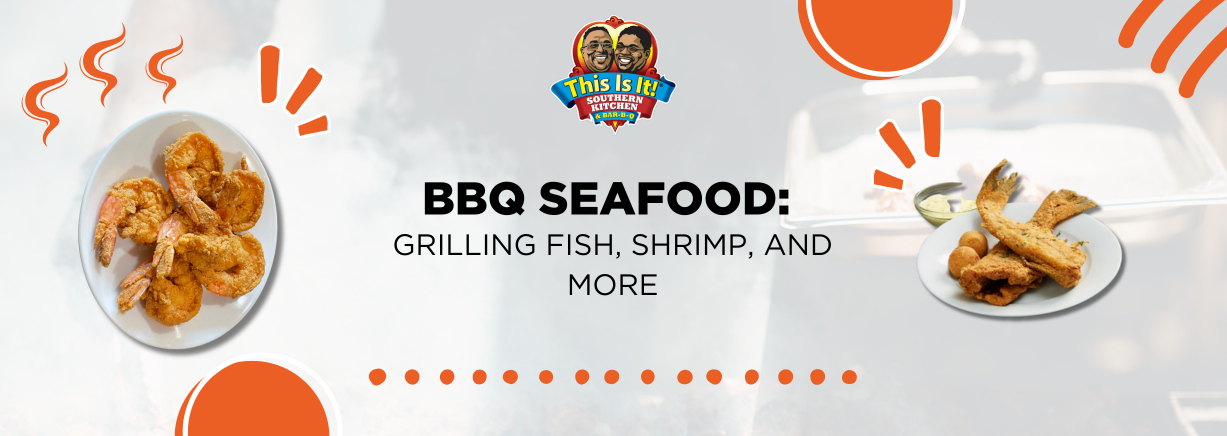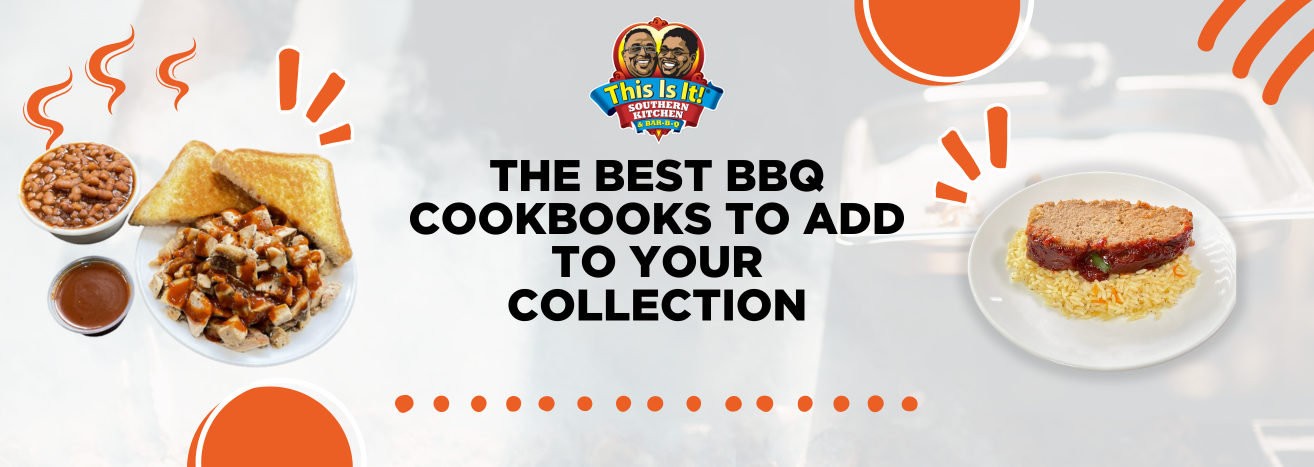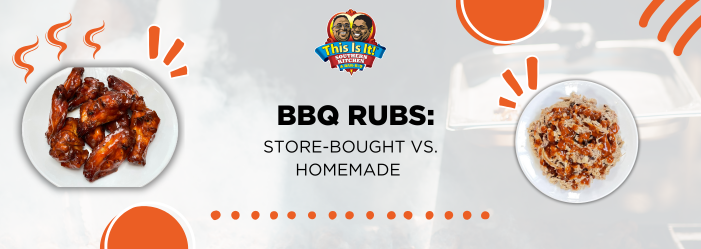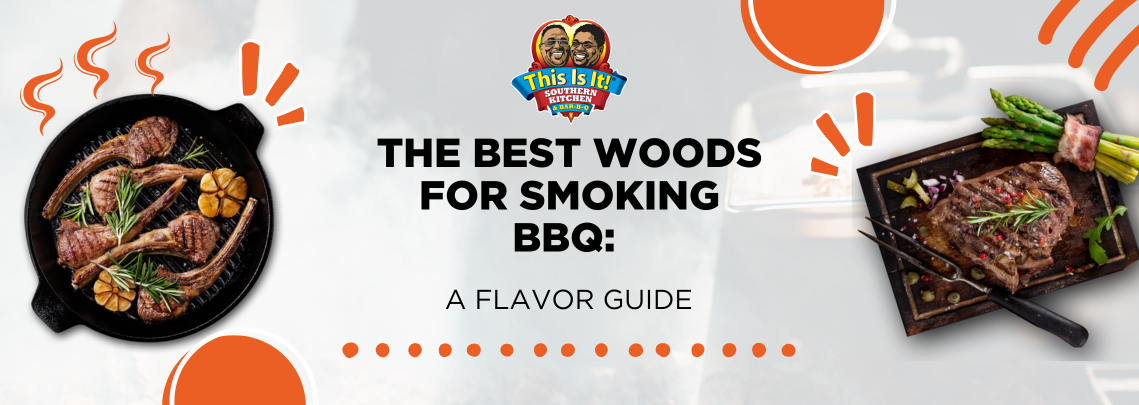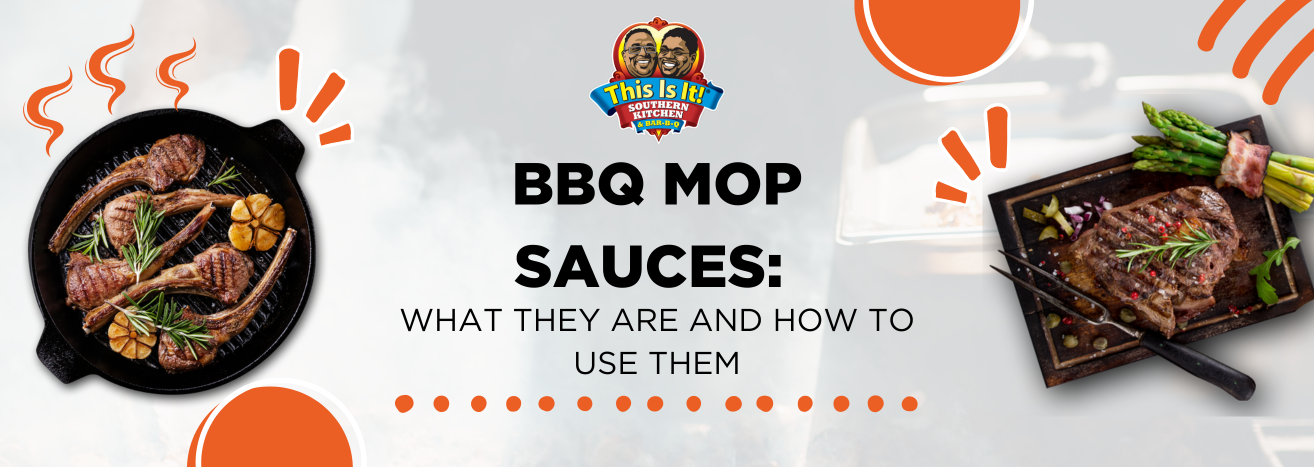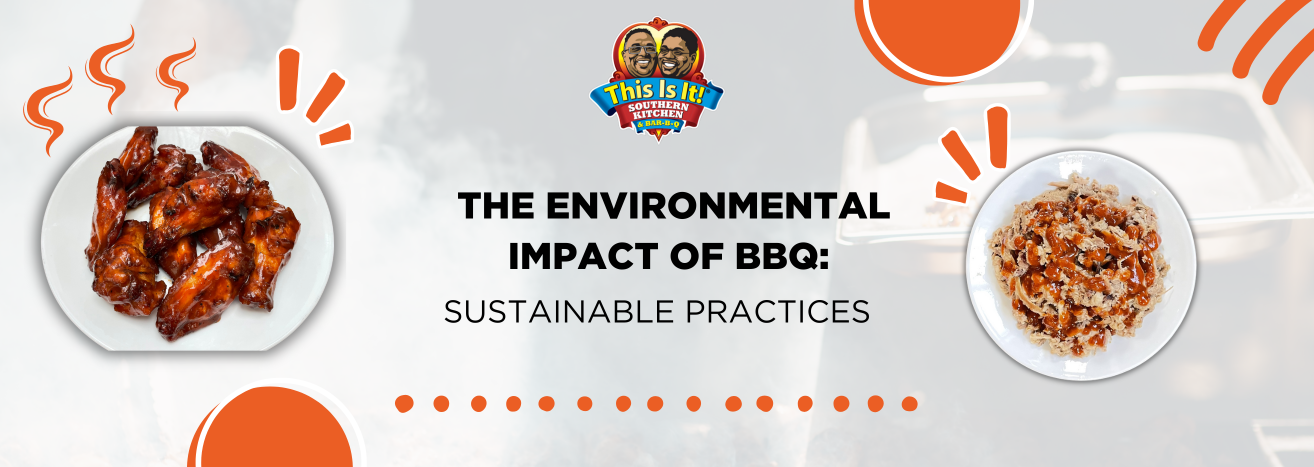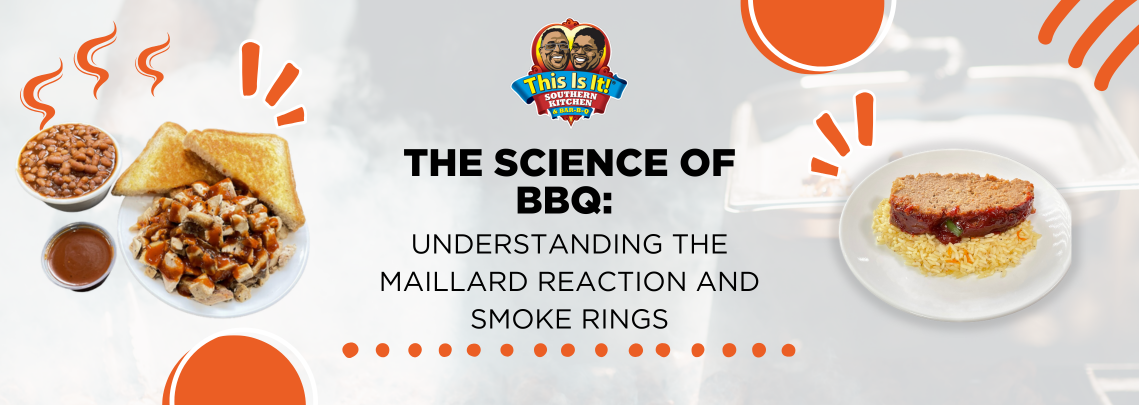BBQ Competitions: Preparing for Your First Cook-Off
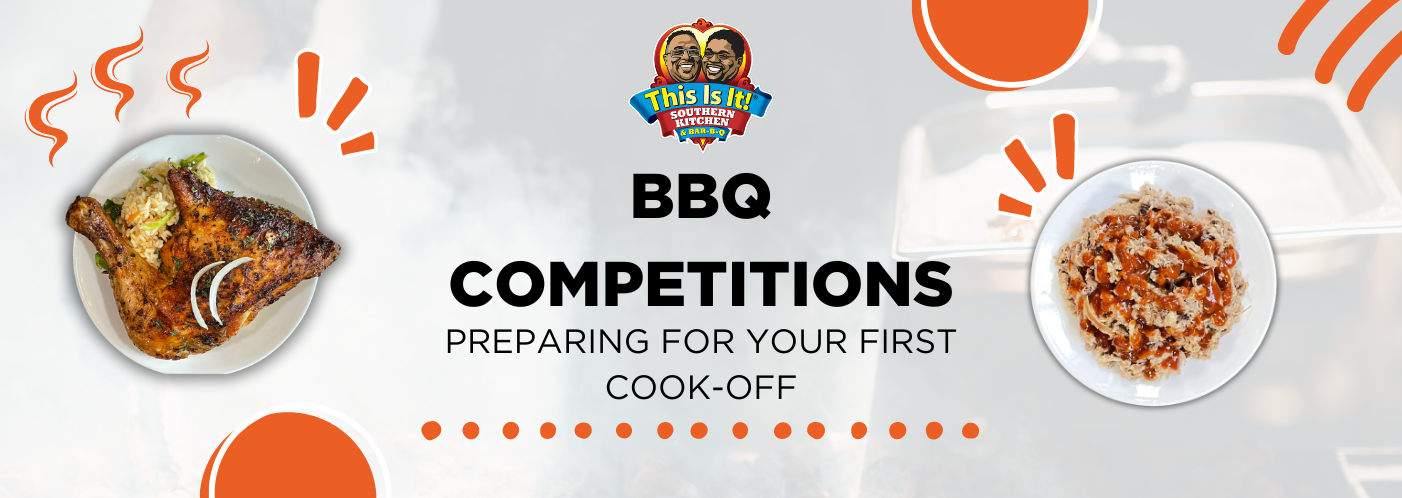
Table of Contents
Introduction
Understanding the Competition Format
- Sanctioning Bodies
- Categories
- Judging Criteria
Selecting the Right Equipment
- Grill or Smoker
- Thermometers
- Coolers and Storage
- Other Essentials
Practice, Practice, Practice
- Trial Runs
- Time Management
- Flavor Profiles
Choosing the Right Meat
- Brisket
- Ribs
- Chicken
- Pork
Developing a Cooking Plan
- Prepping the Meat
- Cooking Times
- Resting Time
The Importance of Presentation
- Appearance Matters
- Boxing the Meat
- Uniform Slices
Health and Safety Considerations
- Temperature Control
- Sanitation
Competition Day Checklist
Networking and Community Engagement
- Learn from Others
- Share Your Experience
Post-Competition Analysis
- Judge’s Feedback
- Self-Evaluation
- Celebrate Small Wins
Conclusion
BBQ competitions are thrilling events that allow passionate grill masters to showcase their skills, compete for prizes, and engage with fellow enthusiasts. However, entering your first BBQ cook-off can feel overwhelming due to the various elements involved. This guide will help you navigate every aspect of preparing for your first BBQ competition, from understanding the rules to mastering the techniques and equipment required.
1. Understanding the Competition Format
Before diving into BBQ competitions, familiarize yourself with the rules and format. Each competition may have different guidelines, judging criteria, and requirements.
- Sanctioning Bodies: Many BBQ competitions are overseen by organizations like the Kansas City Barbeque Society (KCBS) or the Memphis Barbecue Network (MBN). Research which organization governs the event you’re entering to ensure you meet all criteria.
- Categories: Most competitions include multiple categories, such as chicken, pork ribs, brisket, and pulled pork. Know which categories you’ll be competing in, as this determines the type of meat you’ll need to prepare.
- Judging Criteria: BBQ is often judged on appearance, taste, tenderness, and texture. Understanding what judges look for will help you fine-tune your recipes and presentation.
2. Selecting the Right Equipment
Success in BBQ competitions requires using the right tools. You don't need the fanciest equipment, but your tools should be reliable and appropriate for your style of cooking.
- Grill or Smoker: Depending on the competition and your preferences, you’ll need a smoker (offset, drum, or pellet smoker) or a grill (charcoal or propane). Choose equipment you’re comfortable using.
- Thermometers: A good digital meat thermometer is essential for monitoring the internal temperature of your meat, which is key to ensuring it’s cooked to perfection.
- Coolers and Storage: Bring coolers to keep your meat cold before it’s time to cook and storage containers for sauces, rubs, and utensils.
- Other Essentials: Don’t forget your knives, cutting boards, gloves, aprons, fire starters, and fuel (charcoal, wood, or propane).
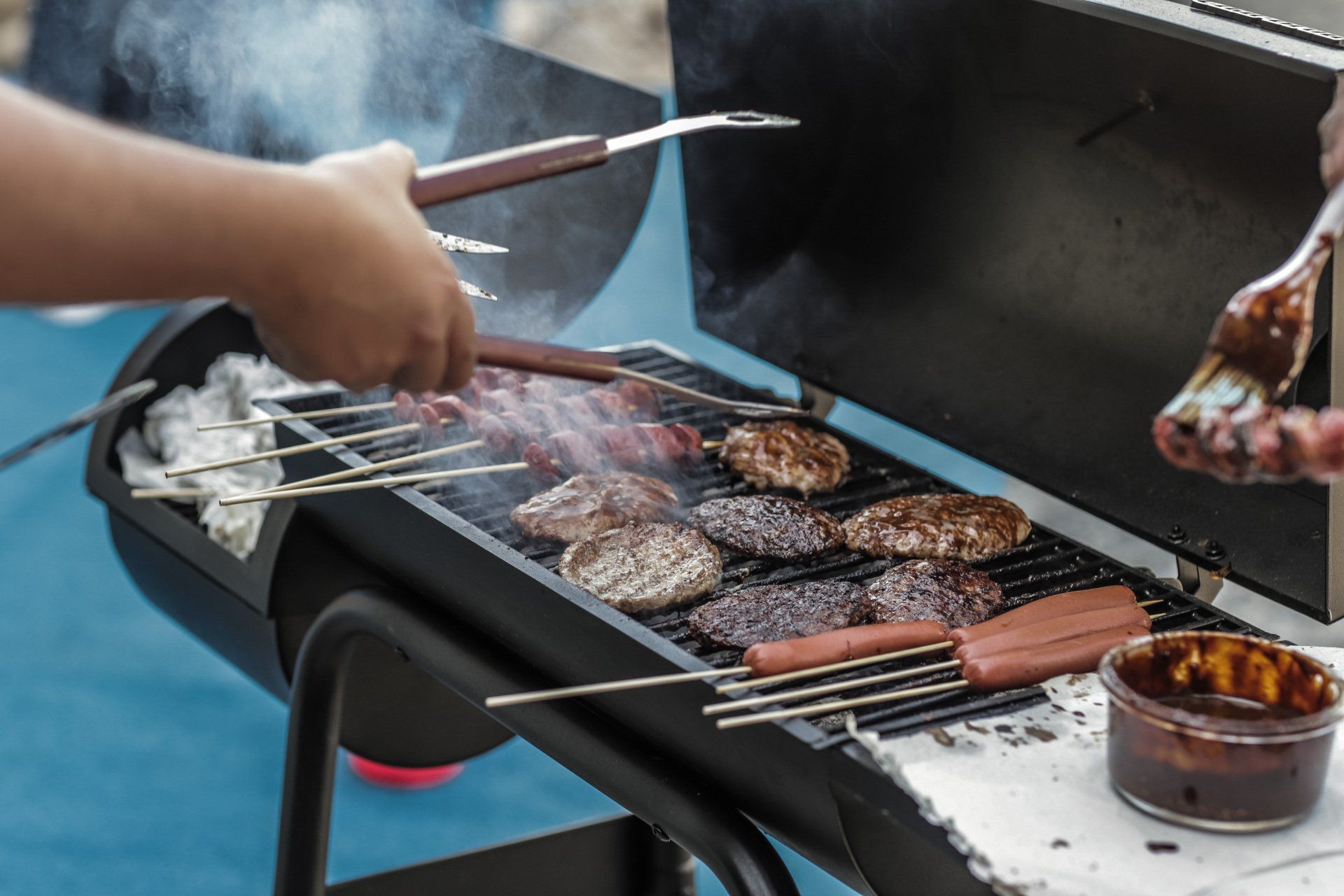
3. Practice, Practice, Practice
One of the most important steps in preparing for a BBQ competition is practice. Perfecting your recipes and technique ahead of time will help ensure smooth execution during the competition.
- Trial Runs: Perform trial runs using the exact equipment and meat you’ll use in the competition. Focus on cooking times, temperatures, and seasoning. This will give you a better understanding of how to manage your cook during the event.
- Time Management: Timing is everything in BBQ competitions. Keep a log of how long each meat takes to cook so you can properly plan your timeline for the competition.
- Flavor Profiles: Competition BBQ often requires a balance between sweet, savory, and smoky flavors. Experiment with different rubs, sauces, and injection techniques to develop a unique flavor profile that will impress the judges.
4. Choosing the Right Meat
Selecting quality meat is crucial for BBQ competitions. Often, BBQ competitors will use premium cuts of meat to gain an edge.
- Brisket: Look for well-marbled briskets (USDA Prime or Wagyu if available), which will render into tender, flavorful meat.
- Ribs: St. Louis-style spare ribs are often preferred for competitions because they are meatier and have a more uniform shape than baby back ribs.
- Chicken: Thighs are the most common cut for chicken competitions, as they tend to stay moist and flavorful.
- Pork: For pulled pork, choose pork butts with good marbling and a fat cap to keep the meat juicy during cooking.
5. Developing a Cooking Plan
To avoid last-minute surprises, create a detailed cooking plan.
- Prepping the Meat: Trim your meat the day before to ensure consistency and minimize waste. Apply your rubs and marinades at the appropriate time (usually several hours before cooking or even the night before).
- Cooking Times: Each type of meat cooks at different temperatures and times. For instance, brisket may take 10-14 hours to cook properly, while ribs take about 5-6 hours.
- Resting Time: After cooking, allow the meat to rest for at least 30 minutes. This helps redistribute the juices and ensures the meat remains tender.
6. The Importance of Presentation
How you present your food can make or break your score.
- Appearance Matters: Judges typically evaluate the appearance of the BBQ before tasting. Use garnishes like parsley or lettuce (if allowed) to make your box look appealing, but don’t let the garnish overshadow the meat.
- Boxing the Meat: Many competitions require you to place your meat in a specific container or box. Practice boxing your food to ensure it looks neat and appetizing.
- Uniform Slices: For categories like brisket and ribs, uniformity is key. Use a sharp knife to slice your meat evenly, ensuring each piece looks the same.
7. Health and Safety Considerations
Food safety is a critical aspect of BBQ competitions.
- Temperature Control: Ensure that your meat is kept at the proper temperatures before, during, and after cooking. Bring enough ice and coolers to maintain safe food temperatures.
- Sanitation: Bring cleaning supplies such as hand sanitizer, disinfectant wipes, and soap to maintain a clean cooking area. Ensure that raw and cooked meats are handled separately to avoid cross-contamination.
8. Competition Day Checklist
To avoid missing anything important on the day of the competition, use a checklist to stay organized:
- Equipment: Grill/smoker, thermometers, knives, cutting boards, coolers, gloves, and fuel.
- Ingredients: Meats, rubs, sauces, injections, seasonings, and garnish.
- Miscellaneous: Timers, tents for shade, chairs, a first-aid kit, and a fire extinguisher.
9. Networking and Community Engagement
One of the best aspects of BBQ competitions is the sense of community. Take advantage of the opportunity to meet other BBQ enthusiasts.
- Learn from Others: Don’t hesitate to ask questions or seek advice from more experienced competitors. BBQ communities are typically welcoming, and you can learn a lot from your fellow pitmasters.
- Share Your Experience: Be open to sharing your own experiences and techniques with others. BBQ competitions are a great place to network and build lasting relationships in the BBQ world.
10. Post-Competition Analysis
After the competition, take time to reflect on what went well and what can be improved.
- Judge’s Feedback: If possible, get feedback from the judges to understand your strengths and areas of improvement.
- Self-Evaluation: Review your timeline, flavor profiles, and overall experience. Make notes to adjust for future competitions.
- Celebrate Small Wins: Even if you don’t take home a prize, participating in a BBQ competition is an achievement in itself
. Celebrate the experience, learn from it, and prepare for your next competition with the lessons you've gained.
Conclusion
Preparing for your first BBQ competition requires careful planning, practice, and dedication. By understanding the competition rules, selecting the right equipment and meat, and developing a solid cooking plan, you’ll set yourself up for success.
Remember, the BBQ community is welcoming and full of opportunities to learn, so embrace the experience and have fun as you enter this exciting world of competitive BBQ.
Good luck at your first cook-off!
